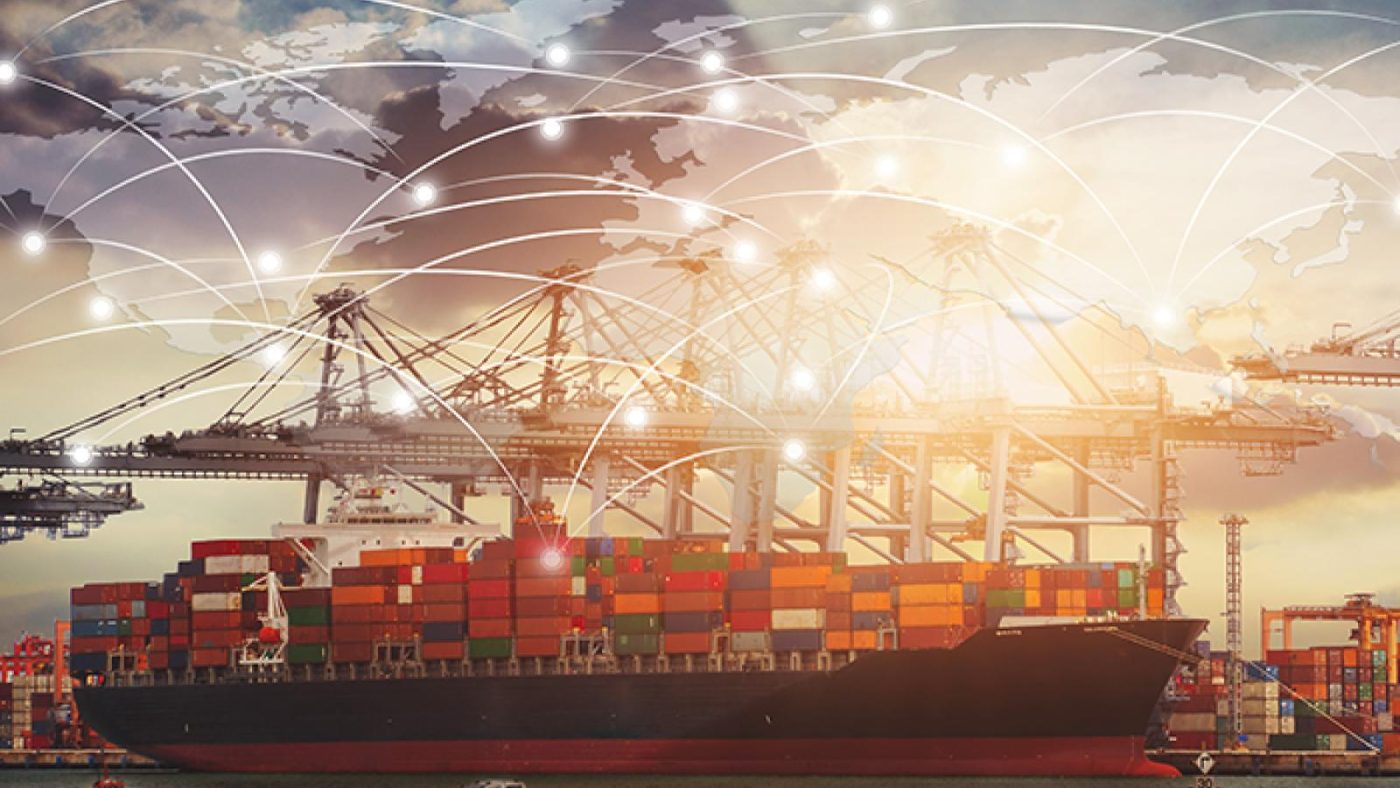Container ports are vital nodes in the global supply chain, responsible for the efficient movement of goods across the world. As the demands of global trade continue to grow, container ports face increasing pressure to enhance their efficiency, reduce costs, and improve safety. Automation offers a transformative solution, bringing numerous benefits to port operations. This article explores the various advantages of automation for container ports, highlighting its impact on efficiency, safety, cost-effectiveness, and environmental sustainability.
Enhancing Operational Efficiency
Automation significantly enhances the operational efficiency of container ports by streamlining processes and reducing the need for manual intervention.
Automated Cargo Handling
Automated cargo handling systems, such as automated cranes and guided vehicles, are capable of operating around the clock without the need for breaks or shift changes. This continuous operation increases the throughput of the port, enabling it to handle more cargo in less time. Automated systems are also more precise and reliable than manual operations, reducing the risk of errors and damage to goods.
Optimised Resource Allocation
Automation facilitates the optimisation of resource allocation within the port. Advanced algorithms and real-time data analytics enable ports to manage their resources more effectively, ensuring that equipment and personnel are deployed where they are needed most. This reduces idle time and maximises the utilisation of assets, further enhancing operational efficiency.
Improving Safety and Security
Safety and security are paramount concerns for container ports. Automation plays a crucial role in enhancing both by minimising human error and enabling advanced monitoring systems.
Reduced Human Error
Human error is a significant factor in many port accidents and incidents. Automation reduces the reliance on manual labour, thereby minimising the risk of mistakes. Automated systems can perform repetitive tasks with a high degree of accuracy and consistency, ensuring safer operations.
Advanced Monitoring Systems
Automated surveillance and monitoring systems enhance the security of port operations. These systems include CCTV cameras, motion detectors, and automated access controls, all of which can be integrated into a central control system. This integration allows for real-time monitoring and immediate response to potential security threats, ensuring a safe environment for both cargo and personnel.
Cost-Effectiveness
Automation brings substantial cost savings to container port operations by reducing labour costs, improving efficiency, and minimising downtime.
Lower Labour Costs
Automation reduces the need for manual labour, leading to significant cost savings. Automated systems can perform tasks that would otherwise require a large workforce, allowing ports to reallocate human resources to more value-added activities. Additionally, automated systems do not require breaks, vacations, or benefits, further reducing labour-related expenses.
Increased Equipment Lifespan
Automated systems are often designed to operate within optimal parameters, reducing wear and tear on equipment. Predictive maintenance, facilitated by real-time data from automated systems, ensures that maintenance is performed only when necessary, extending the lifespan of equipment and reducing maintenance costs.
Promoting Environmental Sustainability
Sustainability is an increasingly important aspect of port operations. Automation contributes to environmental sustainability by optimising resource usage and reducing emissions.
Energy Efficiency
Automated systems are typically more energy-efficient than their manual counterparts. They can be programmed to operate only when needed, reducing unnecessary energy consumption. Additionally, automated equipment can be integrated with energy management systems to optimise energy use and incorporate renewable energy sources, further reducing the port’s carbon footprint.
Emission Reduction
Automation facilitates the implementation of emission reduction technologies, such as electric and hybrid vehicles and shore power systems. These technologies help to minimise the emissions associated with port operations, contributing to cleaner air and a healthier environment. Automated systems also enable better tracking and management of emissions, ensuring compliance with environmental regulations.
Conclusion
The benefits of automation for container ports are manifold, encompassing enhanced operational efficiency, improved safety and security, cost-effectiveness, and environmental sustainability. By reducing reliance on manual labour, optimising resource allocation, and incorporating advanced monitoring systems, automation transforms port operations, positioning them to meet the growing demands of global trade. As ports continue to modernise, embracing automation is essential for maintaining competitiveness and ensuring sustainable growth.
#ContainerPorts #Automation #SmartPorts #Logistics #PortEfficiency #IoT #SustainablePorts #EnergyEfficiency #PredictiveMaintenance #GlobalTrade
